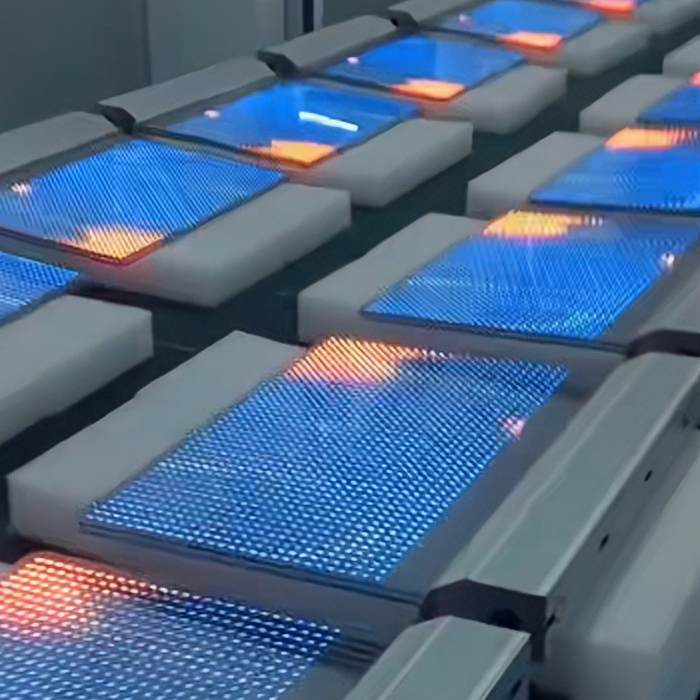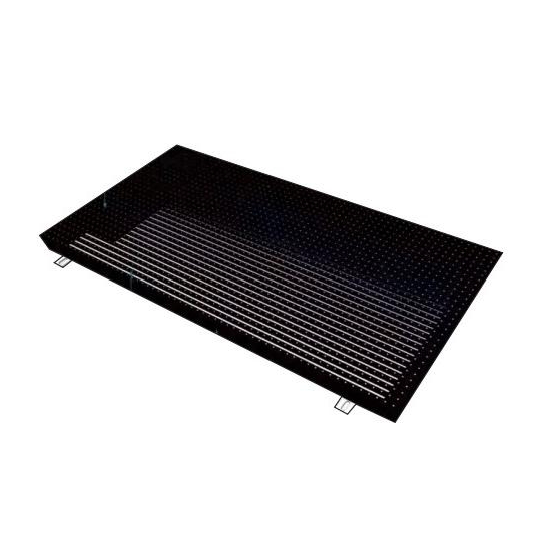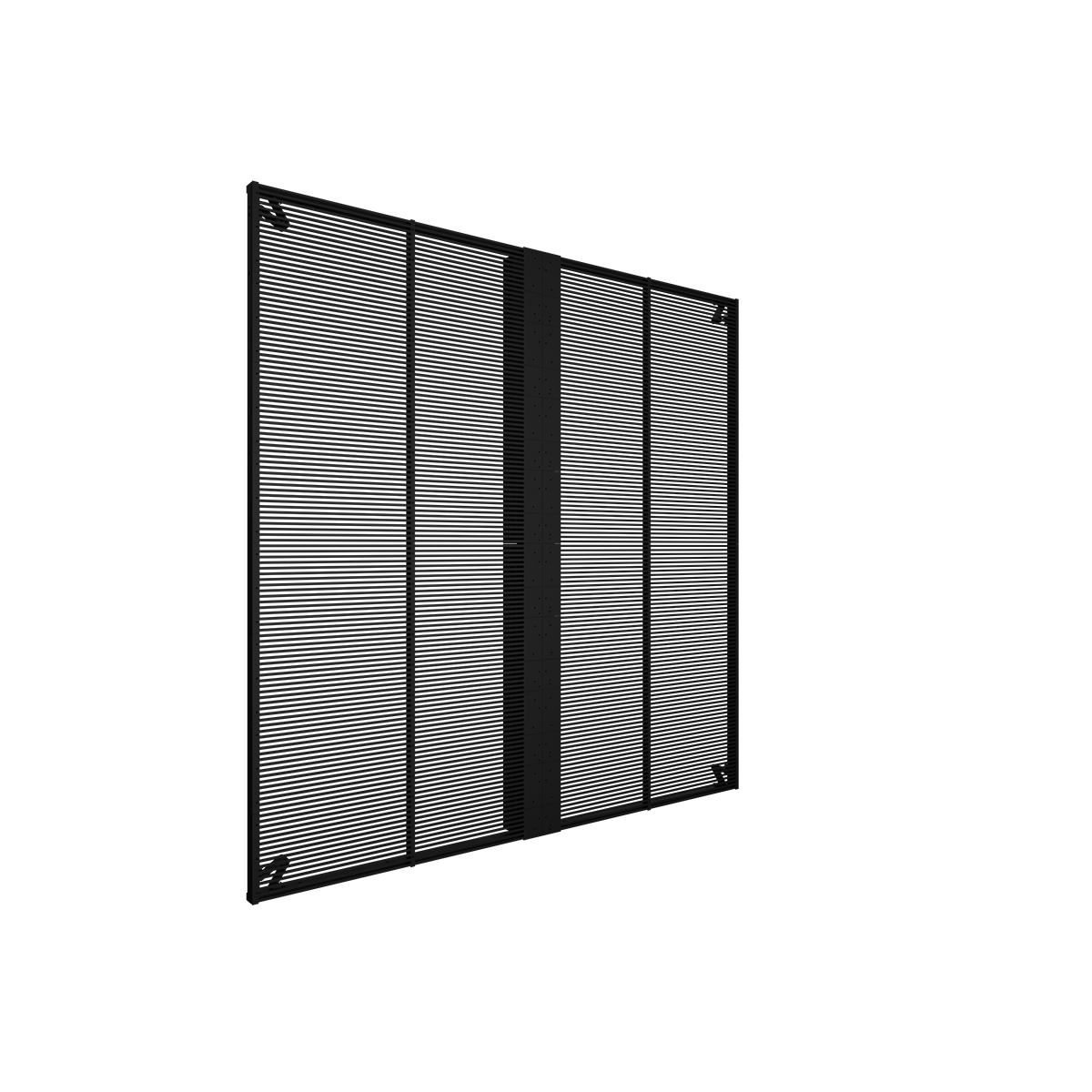In the realm of visual display technologies, MIP LED screens stand out as a beacon of innovation, offering unparalleled brightness, clarity, and versatility. This article delves deeper into the evolution of MIP LED screens, their unique technical specifications, diverse applications across industries, and the transformative impact they have had on modern digital environments.
I. Evolution of MIP LED Screens
MIP LED screens, or Micro-LED Integrated Pixel screens, represent a significant advancement in LED display technology. Unlike traditional LED screens that rely on individual LED modules, MIP LED screens integrate micro-sized LEDs directly onto a substrate. This integration not only enhances image quality by reducing pixel pitch but also improves energy efficiency and durability, making MIP LED screens suitable for a wide range of applications.
II. Technical Specifications of MIP LED Screens
A. Advanced Pixel Pitch and Resolution
The defining feature of MIP LED screens lies in their pixel pitch, which determines the density of pixels per unit area. With smaller pixel pitches ranging from less than a millimeter to several millimeters, MIP LED screens achieve higher resolution and sharper images compared to conventional LED displays. This capability is crucial for applications requiring detailed visuals, such as indoor displays in corporate environments and command centers.
B. Dynamic Refresh Rates
MIP LED screens boast dynamic refresh rates, ensuring smooth motion rendition and reducing motion blur in fast-paced content such as sports broadcasts and gaming events. The ability to adjust refresh rates according to content requirements enhances user experience and maximizes display performance across diverse applications.
C. Enhanced Color Accuracy and Viewing Angles
Equipped with advanced color reproduction technologies and wide viewing angles, MIP LED screens deliver consistent image quality from various perspectives. This feature is particularly beneficial in environments where viewers may be positioned at different angles relative to the screen, such as auditoriums, conference rooms, and public transit stations.

III. Applications Across Industries
A. Entertainment and Cultural Events
In the realm of entertainment and cultural events, MIP LED screens serve as dynamic canvases for creative expression. From large-scale concerts and theatrical performances to multimedia art installations and digital exhibitions, MIP LED screens captivate audiences with immersive visuals and interactive experiences. Their ability to display vibrant colors and intricate details enhances storytelling and transforms venues into immersive environments.
B. Retail and Digital Signage
Within retail environments, MIP LED screens play a pivotal role in enhancing customer engagement and driving sales. Strategically placed displays in storefronts and shopping centers showcase dynamic product promotions, brand campaigns, and interactive content that capture attention and influence purchasing decisions. The high brightness and clarity of MIP LED screens ensure visibility even in brightly lit retail spaces, making them indispensable tools for creating captivating shopping experiences.
C. Transportation and Public Spaces
MIP LED screens are integral to modern transportation hubs and public spaces, facilitating efficient communication and enhancing passenger experiences. In airports and train stations, large-format displays provide real-time flight and transit information, wayfinding guidance, and safety notifications. In urban environments, digital billboards and informational kiosks equipped with MIP LED screens deliver timely updates, cultural exhibits, and public service announcements, enriching the urban landscape and improving community connectivity.
IV. Case Studies and Real-World Applications
Corporate Environments: Leading multinational corporations integrate MIP LED screens into their headquarters and executive boardrooms to enhance presentations, video conferencing, and interactive meetings. The high resolution and color accuracy of MIP LED screens ensure clear communication and facilitate collaborative decision-making among stakeholders.
Cultural Institutions: Museums and galleries leverage MIP LED screens to create immersive digital exhibits and interactive displays that engage visitors and preserve cultural heritage. The flexibility and versatility of MIP LED screens enable curators to curate dynamic exhibitions and showcase multimedia content that transcends traditional display boundaries.
Smart Cities: Forward-thinking cities deploy MIP LED screens as part of their smart city initiatives to improve urban mobility, enhance public safety, and promote community engagement. From digital signage at bus stops and public squares to interactive information kiosks along pedestrian corridors, MIP LED screens contribute to creating connected, inclusive, and sustainable urban environments.
V. Future Trends and Innovations
As technology continues to evolve, the future of MIP LED screens holds promise for further advancements in display resolution, energy efficiency, and integration with emerging technologies such as augmented reality (AR) and artificial intelligence (AI). Innovations in manufacturing processes and materials are expected to drive down costs and expand the accessibility of MIP LED screens, paving the way for broader adoption across industries and applications.
Conclusion
MIP LED screens have revolutionized the landscape of visual display technologies, offering unparalleled image quality, versatility, and reliability across a spectrum of applications. From transforming entertainment experiences to enhancing retail environments and improving urban connectivity, MIP LED screens continue to redefine how we interact with digital content in today's interconnected world. As organizations and cities embrace the potential of MIP LED screens to innovate, communicate, and inspire, their role in shaping the future of visual communication remains indispensable.















